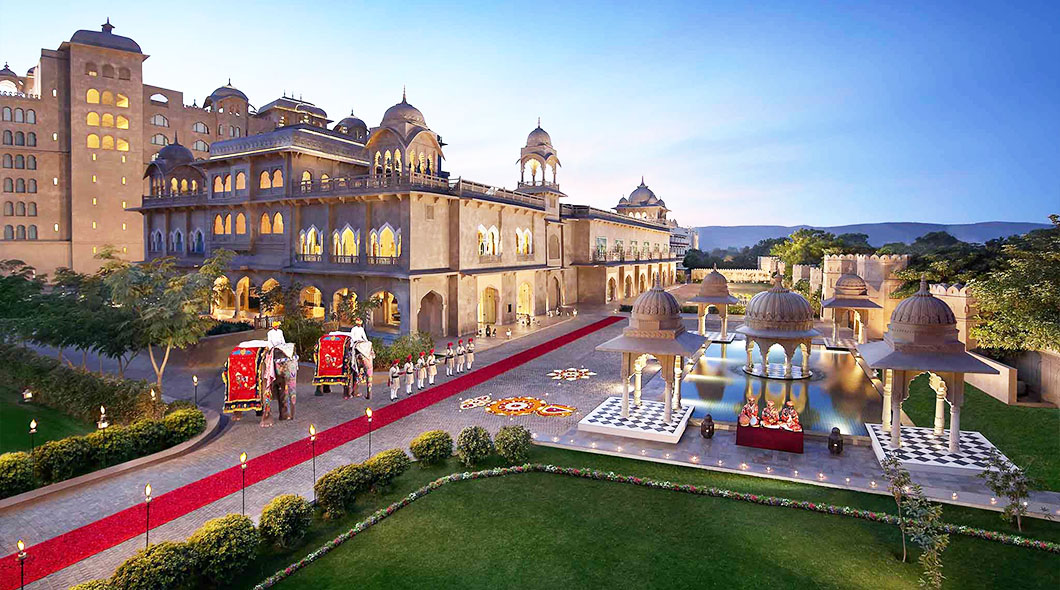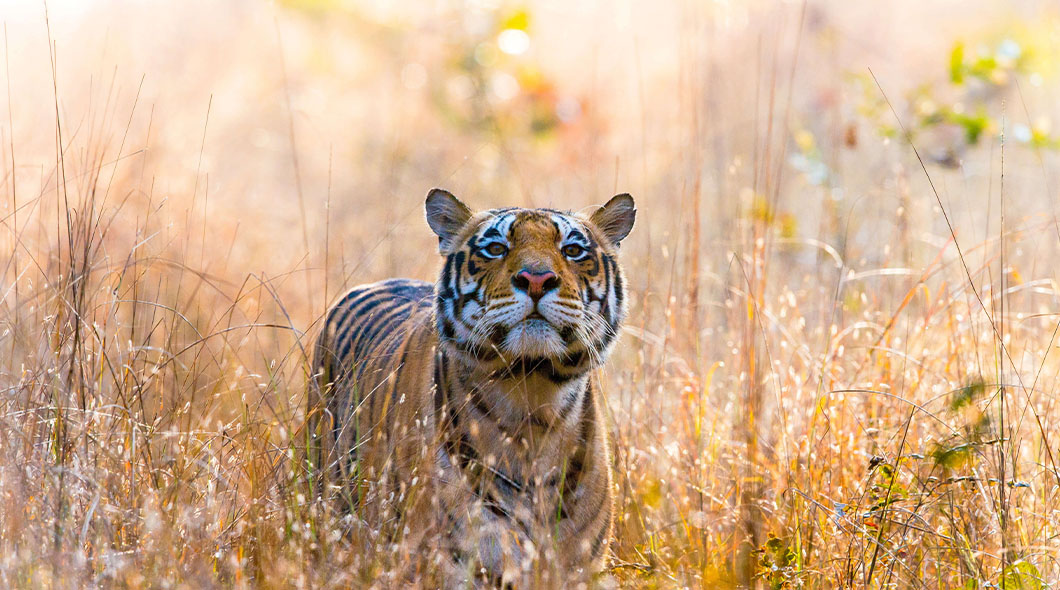Spiti Valley, located in the remote Himalayan region of Himachal Pradesh, India, is a destination like no other. This high-altitude desert region is characterized by its stark beauty, with barren mountains, deep gorges, and pristine rivers defining its landscape. The name “Spiti” translates to “The Middle Land,” as it lies between Tibet and India. This unique location has led to Spiti’s rich cultural heritage, blending Indian and Tibetan influences.
If listening to all this has already left you in awe of Spiti, then I have something more to add to your interest. This blog will help you prepare for your perfect trip to this heavenly abode, making you learn about anything and everything from the cost of travel, safety measures, travel distance, and more. So, stay with me as we delve deeper.
Spiti – An Overview
To start with, one of the most striking features of Spiti is its ancient, majestic monasteries, which line up the landscape and serve as spiritual hubs for the local community. The Key Monastery, sitting high on a hilltop, is one of the oldest and largest monasteries in Spiti. It offers stunning views of the valley below and is perfect to spend some peaceful moments down your trip. Other notable monasteries include Tabo Monastery, known for its exquisite murals, and Dhankar Monastery, which sits delicately on a cliff edge.
Spiti is also home to a number of picturesque villages, where traditional mud-brick houses stand in stark contrast to the rugged mountains that surround them. You’ll find villages like Langza, Kibber, and Komic that offer a glimpse into the traditional way of life in the region, where agriculture and animal husbandry are the mainstays of the economy.
For nature lovers, Spiti offers a bunch of opportunities to explore its stunning natural beauty. The Chandratal Lake, also known as the Moon Lake, is a high-altitude lake renowned for its crystal-clear waters and breathtaking surroundings. The Pin Valley National Park, located in the Lahaul and Spiti district, is home to a variety of wildlife, including the endangered snow leopard.
Traveling in Spiti is an adventure in itself, with the region’s rugged terrain and challenging roads adding to the thrill of the journey. The Spiti Valley is accessible via two routes – one from Shimla through Kinnaur Valley and the other from Manali through Rohtang Pass. Both routes offer breathtaking views but require careful planning due to the high altitude and remote nature of the region.
When to Visit Spiti – Choosing the Right Time
The best time to visit Spiti is from June to September i.e., the summertime when the weather is pleasant, the roads are open, and everything is easily accessible. However, if you are out, driving on your own, I’d suggest you avoid the monsoon season (July & August) and extreme winter as the roads get quite slippery and difficult to drive.
Selecting Your Mode of Transport
For this, choose whatever is comfortable for you. Both bikes and cars come with their own set of pros and cons. Bikes provide you more flexibility and allow you to drive close to nature in the open wind while cars offer you much more safety and comfort.
In my opinion, if you are out on a solo trip, you can consider picking up a bike for the travel. However, if you are traveling with your family or other fellow members, the car could be the best option.
Meanwhile, if you’re not willing to bring your own vehicle to the trip, you can choose to rent one in major cities like Delhi, Shimla, or Manali. Just make sure to check if the vehicle is in good condition for the rugged terrain.
Planning Your Route
The most common route is from Delhi to Spiti via Shimla or Manali. The Manali route is comparatively shorter but is more challenging due to higher altitudes and rough roads.
Although the road conditions are generally good, there are some extremely narrow lanes with long stretches of shooting stones. So, just be careful while you drive.
And if you are not comfortable with driving on hilly terrain, I’d highly suggest you go for a group tour instead. It’s equally fun and adventurous.
Besides this, plan your itinerary to cover destinations like Kaza, Key Monastery, Kibber Village, and Chandratal Lake, and add stops at lesser-known villages and areas to get a more immersive experience. But just make sure to research road conditions and accessibility every time you plan to choose an alternative route.
Health Precautions
Spiti Valley is located at a high altitude and you may find it difficult to adjust at first. But don’t worry. Take it easy for the first few days, stay hydrated, and give yourself time to adapt to the new surroundings. Meanwhile, you might also experience symptoms of altitude sickness such as headache, nausea, and fatigue. Therefore, make sure to carry all the essential medicines. And the most important of all – if you are dealing with any underlying health condition, make sure to consult a doctor before heading for your trip to seek personal advice.
What to Pack for Your Trip?
One of the most difficult tasks (especially if you’re a girl) yet the most important one.
But let me ease down a bit for you. Along with your regular clothing wear, I’d suggest you to pack the following things for your road trip to Spiti. Here is the list:
- A decent quality gimbal for your phone. This will really help you click amazing photos and videos on your trip.
- A good sunscreen with at least SPF 30 protection is a must. Make sure to pick one according to your skin type.
- A hyaluronic serum and a heavy-duty body lotion to keep your skin hydrated and supple.
- A good, moisturizing lip balm as the lips can get really dry and chapped here.
- Waterproof hiking or snow boots. No, normal shoes will not work well for you here.
- A first aid kid with all the required medicines and equipment like a thermometer, hot water bag, etc.
- Full body thermals especially for the evenings and early mornings when temperatures drop. Layering is key as temperatures can vary throughout the day.
- Carry spare tires, a basic tool kit, and extra fuel, as petrol pumps are sparse in certain areas.
- Snacks, toilet and tissue papers, tea back, ready-to-eat meals and beverages, plates, and cutlery.
Note that some of these things might not look necessary to you, but trust me, you’ll need them at one point or the other on your trip. Lastly, check your vehicle’s condition before the trip and ensure it’s equipped to handle rough terrain.
Permits and Entry Formalities
If you traveling from outside India, you’ll need to obtain an Inner Line Permit to visit some specific areas in Spiti. You can obtain this from the District Commissioner’s Office in Reckong Peo, the administrative headquarters of Kinnaur district, or in Kaza. However, if you are an Indian tourist you won’t necessarily need it.
Budgeting and Expenses for Road Trip to Spiti
While you set to plan your budget, make sure to consider all the expenses right from fuel, accommodation, food, permits, and other miscellaneous costs.
If you’re traveling from Delhi NCR, it’ll cost you around INR 14000 – 15000 for the fuel and tolls for the complete route. Apart from this, talking of the accommodation, expect to spend anywhere between INR 3000-4000/ day for a decent mid-range accommodation, including meals. However, the costs for accommodation may vary depending on the hotel you choose to stay. But the cost of food generally remains constant as there are not many meal options to pick from.
Besides all this, make sure to carry extra cash as ATMs are scarce in Spiti and you may not have access to card payments due to poor network connectivity.
Respect Local Culture and Environment
Respect the local customs and traditions and this doesn’t only go for Spiti but for any location you choose to visit. And this is something that comes from my own personal experience.
We did come across people who were quite hesitant and skeptical in even having a conversation with us. But things eased down when we sat with them and allowed them to process things we were talking about. We even made sure to take permission before clicking photographs of people, especially monks, and aged locals.
Besides this, always practice responsible tourism by minimizing your impact on the environment. This means, make sure to avoid littering all around the place and carry back all non-biodegradable waste. Follow designated trails and stay on marked paths to protect fragile ecosystems.
Safety Measures and Emergency Preparation – A Revision
Here are some tips to remember on your trip to Spiti:
Road Conditions: Be prepared for rough and narrow roads, especially on the way to Spiti from Manali. So, make sure to drive cautiously and be aware of your surroundings, routes, and climatic conditions.
Emergency Contact Numbers: Keep a list of all the emergency contact numbers handy, including local police stations, hospitals, and your vehicle rental agency’s contact information. Besides this, inform someone about your itinerary plan and expected return date so that they can reach out to you in case of emergencies.
First Aid Kit: Carry a well-equipped first aid kit and know how to use it. Include medications for common ailments like headaches, colds, and stomach issues.
Vehicle Maintenance: Ensure your vehicle is in top condition before starting on your journey. This involves from checking the brakes, tires, engine, and other critical components. And, and, don’t forget to carry spare parts and tools for minor repairs down the road.
Takeaway
A road trip to Spiti Valley is not just a journey; it’s an experience that will stay with you forever. The pristine beauty, rich culture, and warm hospitality of the locals make it a destination like no other. Whether you’re a nature lover, a history buff, or simply looking for an adventure off the beaten path, Spiti has something to offer everyone. But make sure to plan your trip wisely and be open to some unexpected adventures along the way. So, pack your bags, hit the road, and get ready to create memories of a lifetime in the mesmerizing land of Spiti.
Frequently Asked Questions (FAQs) :
Q. How many days are required for the Spiti Valley trip?
A. The duration of the trip may vary based on various factors like the places you want to visit, your mode of transportation, travel style, and overall budget. Nonetheless, to experience the best of Spiti, spend at least a minimum of 7 days.
Q. Which route is better for Spiti?
A. The route via Shimla – Kinnaur – Reckong Peo / Kalpa – Nako – Kaza – Spiti Valley is considered the best. It might take you longer to reach as there’s a steady transit to higher altitude, but the best part is that there are almost zero chances of altitude sickness.
Q. Is it difficult to drive in Spiti?
A. Not actually. If you are an experienced driver and are good with directions, driving to Spiti won’t be difficult for you. However, note that the roads here are full of stones, mud, water, and snow, so be careful while you drive.
Q. Is Spiti Valley safe for girls?
A. Yes, Spiti is quite safe for girls and all solo travelers.
Q. Can we go to Spiti by normal car?
A. Yes, you can easily drive by normal car given you drive carefully.
Q. Is there altitude sickness in Spiti?
A. Altitude sickness is not common in Spiti. However, some people might experience it during their drive so it’s better to come prepared with the required medicines and take proper care.
Q. What is the local drink of Spiti Valley?
A. Butter tea, which is also known as gur gur chai or po cha, and chhang (local barley beer) are some of the local drinks of Spiti Valley.







Comments are closed.